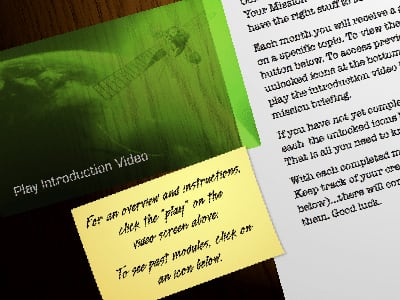I am back home from the Learning Solutions Conference and enjoying the after-conference rush of excitement. It was a great conference, so in a sense this post is the tip of the iceberg in terms of potential returns. Let me start by saying that I feel privileged to have spent three days in the company of so many thought leaders and all-around awesome folks at #LSCon.
For me, the experience kicked off the week before, when I downloaded the conference app. I started meeting people right away, and reconnecting with colleagues I have not seen since last year’s DevLearn. I don’t know how many people think of the conference experience starting early, but it really does. Connecting with people, following the articles and blogs, creating your agenda, and setting some of your expectations in advance make for a better overall experience.
I went into this conference with a certain plan and those expectations I mentioned, which I outlined here. While I did attend many of the sessions on my initial agenda, and I intend to write in more detail about xAPI, mLearning, and blended learning, this recap is focused more on the community I encountered, the topics that really struck me as useful and pertinent, and some of the unexpected findings.
Highlights:
- I really enjoyed the choice of key note speakers this year. Bill Nye the Science Guy opened it all up with a fascinating and entertaining talk on the benefits of science and learning. Curiosity and attention to design are key to the learning process, but the way Bill Nye talked about the joy of discovery was absolutely inspirational. Here’s Bill Nye’s blog, I find it excellent reading.
- David Kwang entertained us all with magic and science. As a lover of both, it was interesting to think of the algorithms and solutions behind the magic being performed in front of my eyes. Nice TED Talk, too. The science of learning is one of my favorite topics, so Annie Murphy Paul’s talk was especially relevant to my interests. Throughout all of the general sessions, the atmosphere seemed particularly intense. I expected to feel energized, and I did, and I expected the general sessions to be exciting and loud, and they were. What I didn’t really expect to feel is the impression of being part of something greater, as though I were connecting with everyone in the room on a more personal level. I think one of the greatest successes of #LSCon was its humanity. Kuddos to the elearning guild team for making it happen.
- #Sketchnoting added a lot of interest to several sessions and Kevin Thorn’s session explained its use, the different styles, and tools. Here’s an example of a sketchnote for David Kelly’s session on “A Look Ahead: The Now and Next of Learning and Technology”, and here is Craig Taylor’s Breaking Out of the L&D Bubble. Who has used some of the sketchnoting apps? I am really interested in hearing about some everyday uses and results.
- Not eLearning, mLearning, or blended learning, just “learning”. Or maybe “natural learning”? I like the conversation of “learning” being the term we use all the time regardless of the delivery media or the design type. Cammy Bean had, in my opinion, the best session describing the landscape of learning today, what’s in and what’s out, and emphasizing the learning as a journey, not just an event. Here are her slides.
- Jane Bozart and Jeanette Campos reminded me of the humanity of learning. We spend so much time thinking and talking about the learner being in the center of the design, we spend hours doing needs analysis and coming up with tools which could make our development faster, cheaper, and better. And, of course, we need all of these pieces. But do we spend enough time relating to our learners? Do we think about them as fellow human beings with likes and dislikes, fears and hopes? I think if we can change our approach a bit and really create “human-centered” learning, if we can design the learning from a place of vulnerability, not only would we be designing better learning, we might also find the whole process more fulfilling. The session that dove deep into this concept was “Designing for Performance: Nine Critical Elements”.







